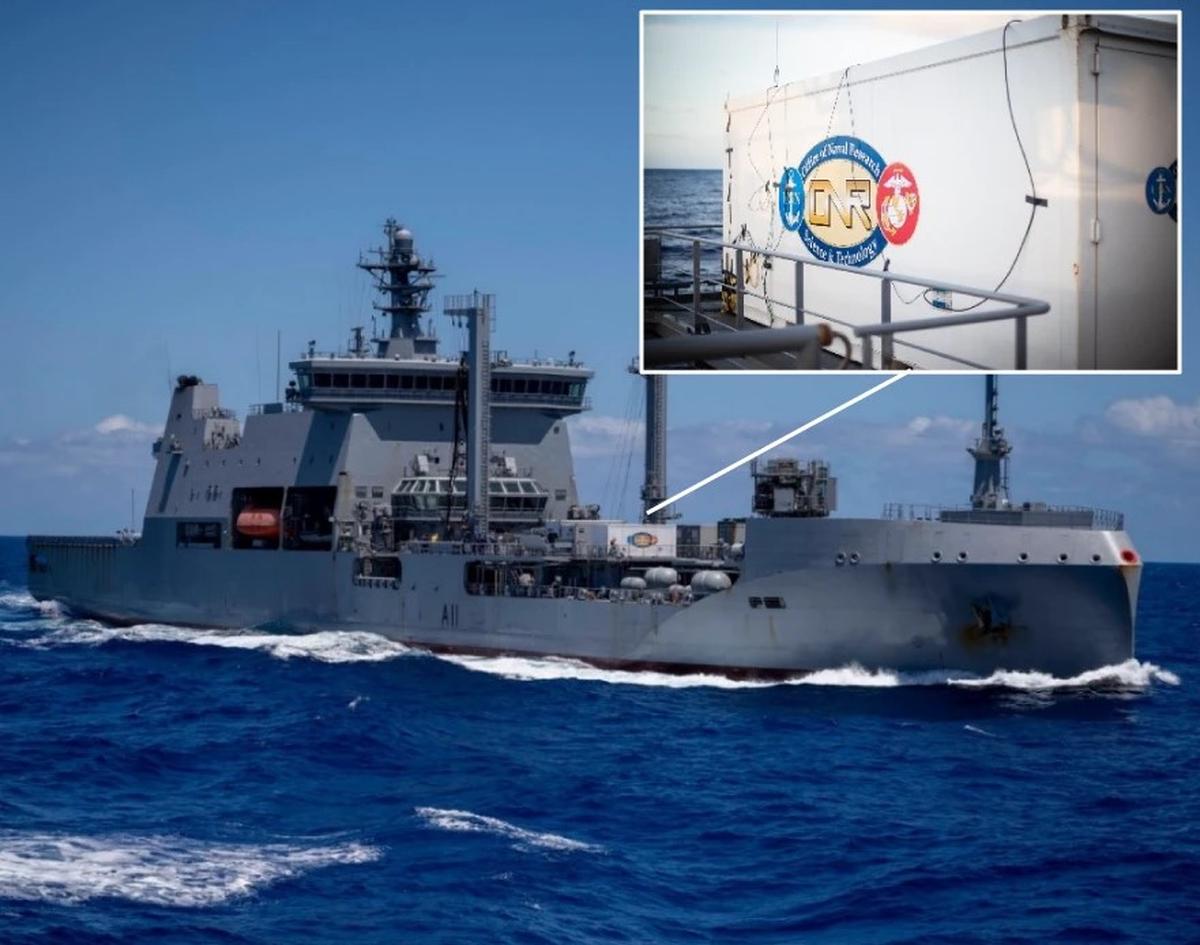In a breakthrough for marine navigation and scientific research, engineers have introduced a revolutionary portable atomic clock tailored for maritime use. Traditional timekeeping methods at sea often encounter challenges due to environmental factors such as temperature variations and constant motion. However, this new atomic clock, developed by a team of researchers in collaboration with maritime experts, aims to address these challenges.
Technology Behind the Portable Atomic Clock
The device, approximately the size of a shoebox, employs advanced atomic physics principles to maintain accuracy regardless of external conditions. Unlike conventional clocks relying on mechanical components or quartz crystals, atomic clocks measure time by tracking atomic vibrations, offering unparalleled precision.
Advantages of the Portable Atomic Clock
One of the key advantages of this portable atomic clock is its capacity to ensure precise synchronization of time across various maritime instruments and communication systems. This synchronization is vital for navigation and scientific data collection tasks, where accurate timing is crucial.
Impact on Maritime Operations
Captain Maria Rodriguez, an experienced maritime navigator, highlights the significance of this innovation for seafaring operations. She emphasizes the critical role of accurate timekeeping for safe and efficient navigation at sea and the confidence instilled by a portable atomic clock that maintains precise time under challenging conditions.
Potential for Scientific Research
Scientists foresee the portable atomic clock unlocking new possibilities for research expeditions in remote marine environments. By offering researchers a reliable timekeeping tool, the device could deepen understanding of oceanic phenomena and contribute to advancements in oceanography, meteorology, and marine biology.
Field Testing and Validation
The development team is presently conducting extensive field tests to validate the portable atomic clock’s performance under real-world maritime conditions. Initial results show promising stability and accuracy even during sea travel.
Conclusion
As maritime industries evolve, demanding greater precision in timekeeping, the introduction of this portable atomic clock signifies a significant milestone. With its potential to revolutionize navigation, research, and communication at sea, this innovation promises to redefine timekeeping standards in maritime operations.
Multiple Choice Questions (MCQs):
- What is the primary technology behind the portable atomic clock?
- A) Mechanical components
- B) Quartz crystals
- C) Atomic physics principles
- D) Electronic circuits
- Answer: C) Atomic physics principles
- What advantage does the portable atomic clock offer for maritime operations?
- A) Synchronization of weather data
- B) Synchronization of time across instruments and systems
- C) Enhanced radar capabilities
- D) Improved ship hull design
- Answer: B) Synchronization of time across instruments and systems
- How does Captain Maria Rodriguez perceive the impact of the portable atomic clock?
- A) It is unnecessary for maritime operations.
- B) It enhances navigation safety and efficiency.
- C) It complicates navigation procedures.
- D) It increases fuel consumption.
- Answer: B) It enhances navigation safety and efficiency
- What potential does the portable atomic clock hold for scientific research?
- A) Exploration of outer space
- B) Research on urban environments
- C) Advancements in marine biology and oceanography
- D) Studies on desert ecosystems
- Answer: C) Advancements in marine biology and oceanography
- What stage of development is the portable atomic clock currently undergoing?
- A) Conceptualization
- B) Mass production
- C) Field testing
- D) Marketing
- Answer: C) Field testing
